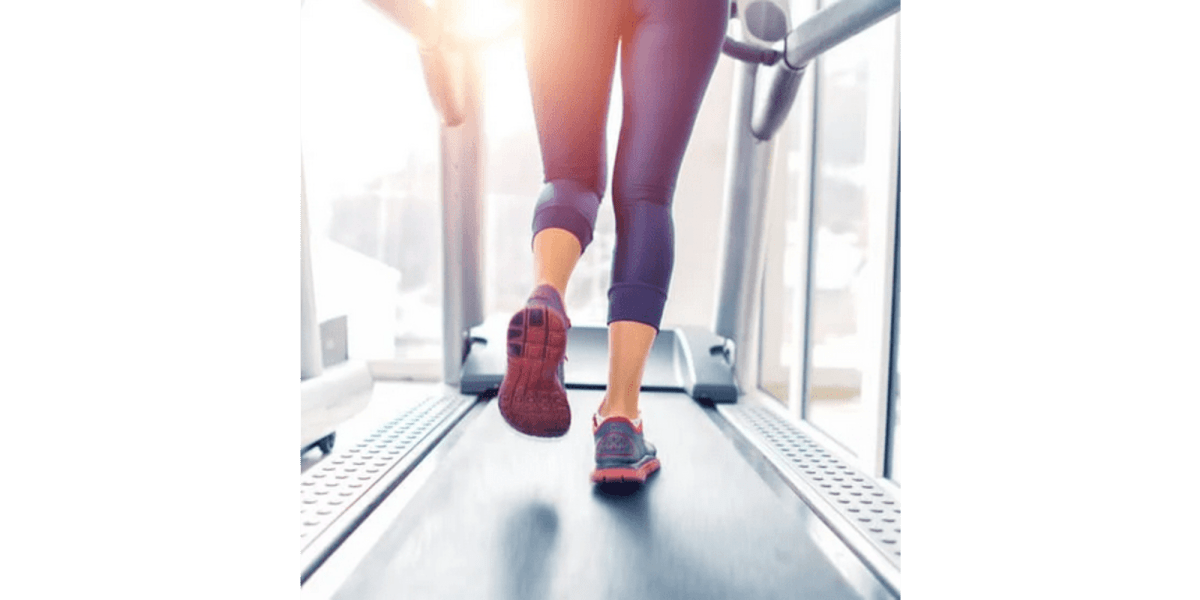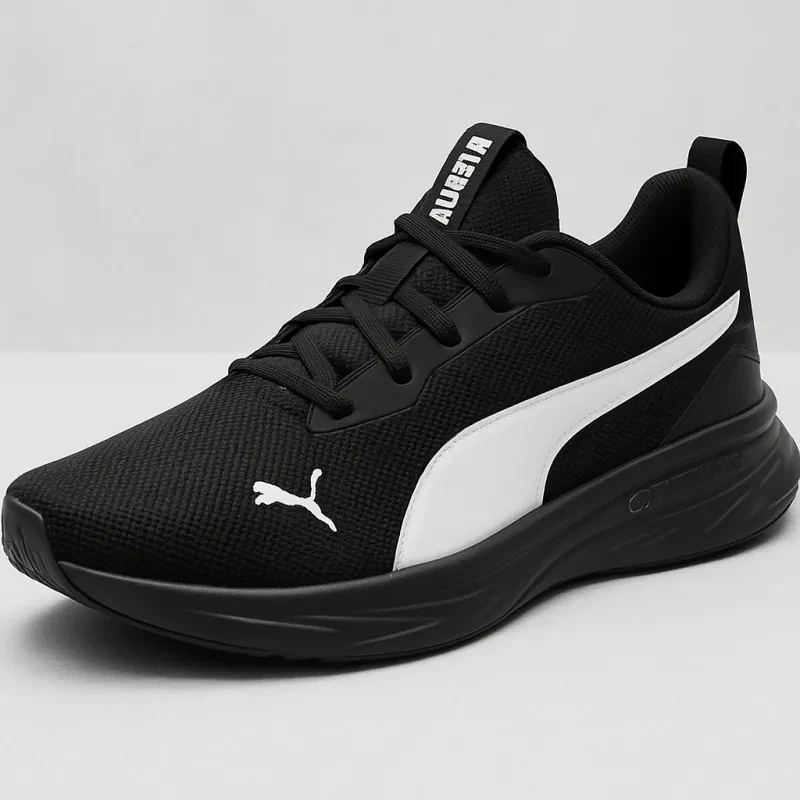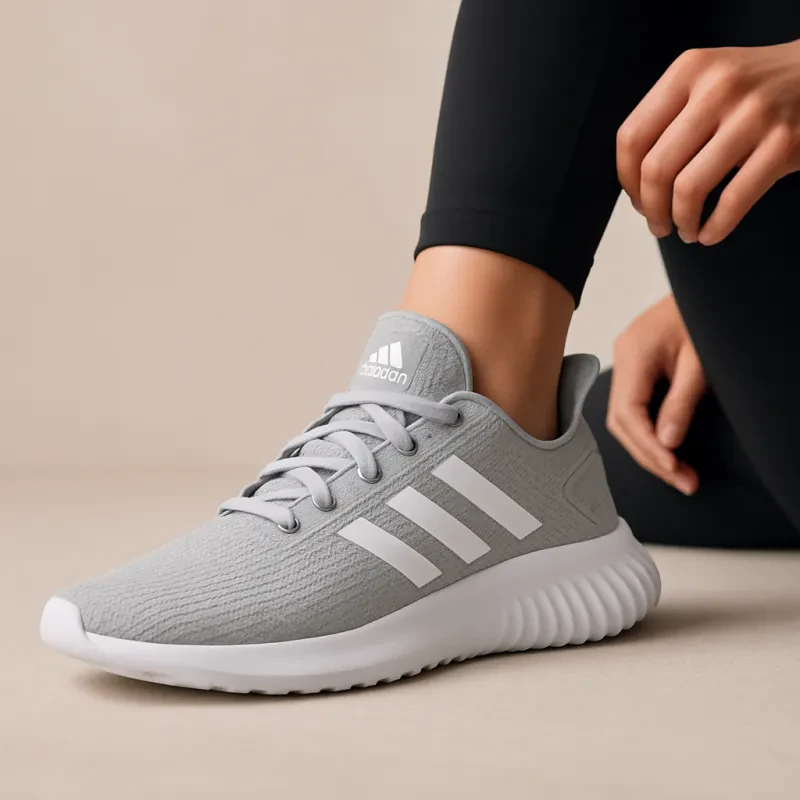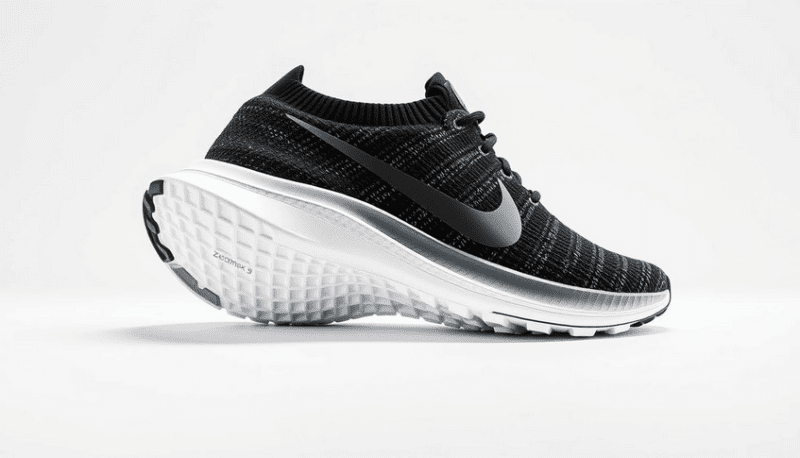Walking pads and treadmills are popular choices for indoor exercise. Both offer ways to stay active, but they have key differences. Walking pads are compact machines designed mainly for walking, while treadmills are larger and can handle running too.
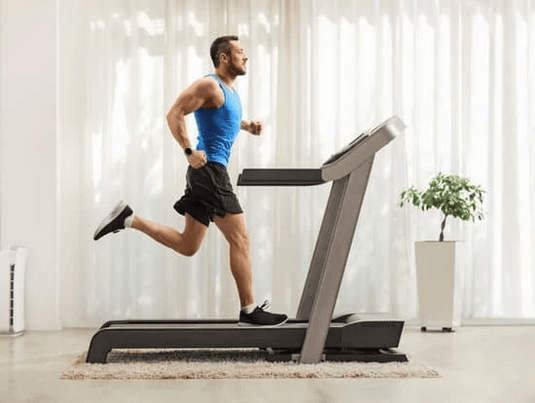
We often get asked which is better. The answer depends on your goals and living space. Walking pads work well in small homes or offices. They're easy to store and move around. Treadmills need more room but offer more features and higher speeds.
Cost is another factor to think about. Walking pads are usually cheaper than treadmills. But treadmills may last longer and have more uses. We'll look at both options to help you decide which fits your needs best.
Before adhering to any of the information or recommendations or undertaking any exercise program or diet regimen, you should consult your physician.
Key Takeaways
- Walking pads are compact and good for small spaces, while treadmills offer more features
- Your fitness goals and available space will guide your choice between the two
- Both machines can help you stay active, but they differ in price, size, and functionality
Overview of Walking Pads and Treadmills
Walking pads and treadmills are popular exercise equipment for indoor workouts. They let people walk or run at home. Each has its own features and uses.
Defining the Walking Pad
A walking pad is a slim, portable exercise machine. It's made for walking and light jogging. Walking pads are smaller than treadmills. They often fold up for easy storage.
Most walking pads have a flat belt that moves as you walk. They don't have handrails or big screens. The speed is usually slower than treadmills. This makes them good for gentle exercise.
Walking pads work well in small spaces. They're quiet and easy to move. Many people use them while working at a standing desk.
Understanding the Treadmill
Treadmills are bigger machines for running and walking. They have a wide belt, handrails, and a control panel. Many treadmills can go fast enough for running.
These machines often have built-in workout programs. Some have screens to show speed, time, and distance. Treadmills can change their slope to make the workout harder.
Treadmills are sturdy and can handle more intense exercise. They're good for people who want to run or do varied workouts. Some have fancy features like heart rate monitors and fans.
Space Considerations and Portability

Walking pads and treadmills differ in size and portability. These factors can impact where you can use and store them in your home.
Compact Design and Size
Walking pads are smaller than treadmills. They take up less floor space, making them great for small homes or apartments. Most walking pads are about 5 feet long and 2 feet wide.
Treadmills are bigger. They usually need a dedicated spot in your home. A typical treadmill is around 6-7 feet long and 3 feet wide. This size can be a problem if you don't have much room.
We found that walking pads fit easily in tight spaces. You can use them in a bedroom or small office. Treadmills often need more open areas like a garage or spare room.
Foldability and Storage
Many walking pads fold up when not in use. This makes them easy to store under a bed or in a closet. Some models are thin enough to slide under furniture.
Treadmills can be foldable too, but they're still bulky when folded. They often have wheels to help move them, but they're heavy to lift.
We like that walking pads are light and easy to move. This lets us change where we exercise. Treadmills are harder to move once set up. They usually stay in one spot.
Features and Functionality

Walking pads and treadmills offer different features to boost your workout. We'll look at how you can adjust settings, use programs, and track your progress on each machine.
Adjustable Settings
Walking pads usually have basic speed controls. Most let you walk up to 4 mph. Some high-end models reach 6 mph for a light jog. They're flat, so you can't change the incline.
Treadmills give you more options. You can walk, jog, or run at speeds up to 12 mph on many models. A key feature is adjustable incline. This lets you mimic hills and burn more calories. Some treadmills even offer a decline setting for downhill training.
Both machines have emergency stop features for safety. Treadmills often have larger running belts, giving you more room to move.
Workout Programs and Personalization
Walking pads keep it simple. They may have pre-set speed intervals or step goals. But that's often the limit of their built-in programs.
Treadmills shine here. Many offer:
- Pre-set workouts (hills, fat burn, endurance)
- Custom programs you can create
- Virtual courses that change incline as you "run" through scenery
- Compatibility with fitness apps for more variety
Some high-tech treadmills even adjust speed and incline automatically based on your heart rate.
Monitoring and Feedback
Walking pads usually show basic stats like time, distance, and calories. Some track steps too. The displays are often small and simple.
Treadmills typically offer more detailed feedback:
- Heart rate (via grip sensors or wireless chest straps)
- Pace
- Incline level
- Workout summaries
Many have larger screens to show your stats clearly. Some even have TVs or tablet holders to keep you entertained while you exercise.
Higher-end treadmills may sync with fitness apps. This lets you track your progress over time and set new goals.
Health and Fitness Implications

Walking pads and treadmills offer different benefits for health and fitness. We'll look at how they impact joint health and cardiovascular fitness.
Low-Impact Options for Joint Health
Walking pads are great for low-impact exercise. They have softer surfaces that absorb shock better than treadmills. This makes them easier on the joints, especially knees and ankles.
People with joint issues or injuries often prefer walking pads. The gentler motion helps reduce pain and strain. Walking pads are also good for beginners or those getting back into exercise.
Treadmills can also be low-impact, but it depends on the model. Some have cushioned decks that lessen impact, while others are firmer and may stress joints more, especially when running.
Intensity and Cardiovascular Benefits
Treadmills are great for high-intensity workouts. They let us run faster and use steeper inclines, which burns more calories and boosts heart health more quickly.
Interval training on treadmills involves switching between fast and slow speeds. It's great for building endurance and burning fat.
Walking pads are limited in speed and incline. They're best for steady, moderate exercise. This still improves cardiovascular health, just more slowly.
Treadmills might work faster for weight loss, but walking pads can help, too, if used often. The key is picking a machine that fits our fitness goals and using it regularly.
Practicality for Different Lifestyles
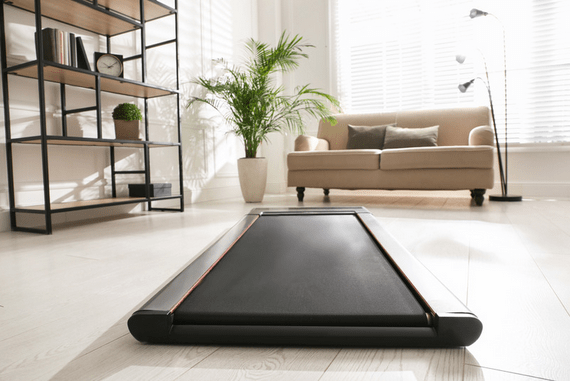
Walking pads and treadmills fit into our lives in different ways. We'll explore how they work in small homes and offices.
Solutions for Limited Living Space
Walking pads shine in tight spots. They're slim and easy to move. We can slide them under beds or into closets when not in use. This makes them great for small apartments or dorm rooms.
Treadmills need more room. They're bigger and heavier. We might struggle to fit them in cramped spaces. But they offer more features if we have the space.
Some walking pads fold up, saving even more room. We can prop them against a wall or tuck them away easily.
Walking pads are often the better choice for those of us in tiny homes or studios. They let us stay active without taking up precious floor space.
Adapting to a Home or Office Environment
Walking pads are well-suited for work settings. They can be used with standing desks, which allows us to move while we work. This is a good way to avoid sitting all day.
Under-desk treadmills are made for offices. They're quiet and don't disturb coworkers. We can walk slowly while typing or taking calls.
Treadmills are louder, so they might not work well in shared offices, but they're great for home gyms or spare rooms.
Walking pads are less noticeable in open-plan offices. We can use them without drawing attention, which makes them better for professional settings.
Both options help us stay active at work. But walking pads are often easier to use in busy office spaces.
Economic Considerations
Money plays a big role when choosing between walking pads and treadmills. The upfront cost and long-term expenses can vary quite a bit for each option.
Price Range and Value
Walking pads are often cheaper than treadmills. We've seen basic walking pads for as low as $200, while entry-level treadmills start around $500. Mid-range walking pads cost $500-$1000. Treadmills in this range offer more features, costing $800-$1500.
High-end walking pads can reach $1500. Fancy treadmills go even higher, some over $3000. The price gap narrows for top models.
Walking pads give good value for casual users. Treadmills offer more bang for your buck if you want lots of workout options.
Cost of Ownership and Maintenance
Treadmills need more upkeep than walking pads. We replace treadmill belts every few years, costing $100-$300. Motors might need fixing too. Walking pads have simpler parts, so repairs are less common and cheaper.
Treadmills use more power, raising electric bills a bit. Walking pads sip electricity, keeping costs low.
Both need cleaning and lubrication. Treadmills need this more often due to their larger size and more complex parts.
Over time, walking pads tend to be more budget-friendly to own and maintain.
Advantages and Limitations
Walking pads and treadmills each have unique features that can suit different fitness needs. Let's look at the key benefits and drawbacks of each option.
Benefits of Walking Pads
Walking pads are great for small spaces. They're lightweight and easy to move around. Many people like how quiet they are. This makes them good for apartments or shared homes.
Walking pads work well for low-impact exercise. They're perfect for walking and light jogging. Some models can fold up for easy storage. This is handy if you don't have much room.
Most walking pads have a top speed of about 4 mph. This is fine for walking but may not be enough for runners. They also tend to have smaller walking areas than treadmills.
Strengths of Treadmills
Treadmills offer more workout options. They can handle walking, jogging, and running. Many have incline settings to make workouts harder. This helps burn more calories.
Treadmills often have bigger walking areas. This gives more space to move. They also tend to have stronger motors. This means they can handle faster speeds and heavier use.
Most treadmills come with safety features like emergency stop buttons. Many have built-in workout programs. These can help keep your exercise routine fresh and challenging.
Considerations and Trade-Offs
Space is a big factor when choosing between walking pads and treadmills. Walking pads are smaller and easier to store. Treadmills need more room but offer more features.
Noise can be an issue with both. Treadmills are often louder due to their bigger motors. Walking pads are usually quieter, which can be nice in shared living spaces.
Price is another thing to think about. Walking pads are often cheaper than treadmills. But treadmills may offer more value if you want a wider range of workout options.
Workout intensity is important too. If you just want to walk, a walking pad might be enough. For running or more intense workouts, a treadmill is usually better.
Conclusion
Walking pads and treadmills both have their strengths. Walking pads are compact and quiet, making them great for small spaces and not disturbing others. They're ideal for light exercise and staying active while working.
Treadmills offer more versatility. They allow running and have incline options for a more intense workout. This makes them better suited for serious fitness goals and weight loss.
For consistency in physical activity, either option can work well. The key is choosing the one you'll use regularly. A walking pad may be easier to stick with if you want to move while working. A treadmill might be better if you prefer dedicated workout time.
We've found that both can boost productivity. Walking pads let you move while working on other tasks. Treadmills provide an energy boost through more vigorous exercise.
Your choice depends on your space, goals, and preferences. Consider what fits your lifestyle best. Either way, adding more movement to your day is a win for your health.
Frequently Asked Questions
Many people wonder about the differences between walking pads and treadmills. These questions cover key aspects like features, space usage, workout intensity, health benefits, durability, and safety.
What are the key differences in features between walking pads and treadmills?
Walking pads are smaller and simpler. They focus on walking and light jogging. Treadmills are bigger and have more features.
Treadmills often have built-in programs, heart rate monitors, and larger screens. Walking pads usually lack these extras. They're made for basic movement.
How do walking pads compare to treadmills in terms of space utilization and storage?
Walking pads win for saving space. They're compact and easy to store under beds or in closets. Some even fold up.
Treadmills take up more room. They're harder to move and store. But they offer a larger running surface.
To what extent does the absence of an incline feature on most walking pads affect workout intensity compared with treadmills?
Most walking pads don't have incline settings. This limits the intensity of workouts. You can't mimic uphill walking or running.
Treadmills often have incline options. These let you boost workout difficulty and target different muscle groups.
Are there any specific health benefits associated with using walking pads over treadmills?
Walking pads are great for low-impact exercise. They're gentle on joints and good for beginners or those with injuries.
Both machines help with weight loss and heart health. Walking pads might be better for consistent, daily movement.
What is the typical lifespan and durability of walking pads in contrast to treadmills?
Treadmills often last longer. They're built to handle more intense use and higher speeds.
Walking pads might wear out faster if used a lot. But with proper care, both can last several years.
How do walking pads and treadmills vary in their impact on joints and overall user safety?
Walking pads are easier on joints. They're designed for walking, which is low-impact.
Treadmills can be harder on knees and ankles, especially when running. But they often have better shock absorption.
Both are safe when used correctly. Treadmills have more safety features like emergency stop buttons.
DISCLAIMER
This document is provided for general information purposes only and should not be relied upon as providing legal advice, technical, or specific operational guidance to the reader, whether as to the practices described in the document or the applicable legal requirements and regulations. saveonsneaks.com expressly disclaims any responsibility for liability arising from or related to the use or misuse of any information in this document.
Before adhering to any of the information or recommendations or undertaking any exercise program or diet regimen, you should consult your physician.
